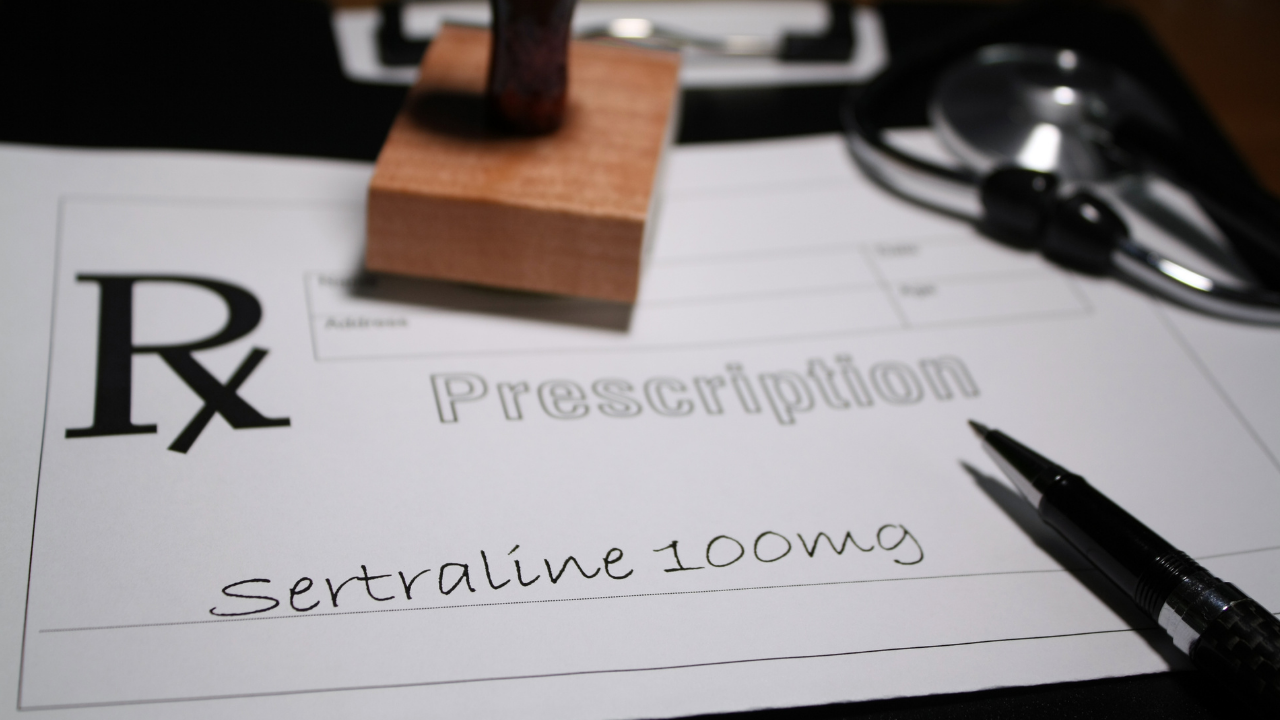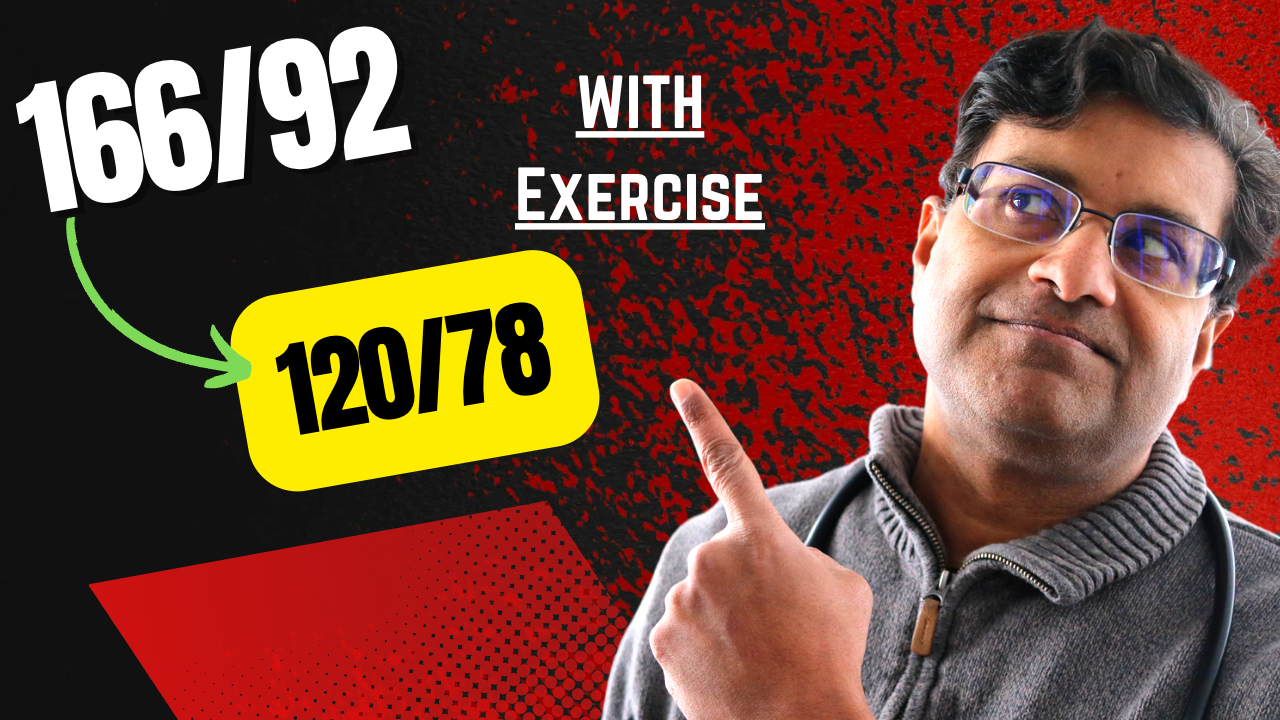Use of antidepressants among Americans is skyrocketing. According to Scientific Mind Adults the U.S. consumed four times more antidepressants in the late 2000s than they did in the early 1990s. Researchers estimate that 8-10% of the US population is taking an antidepressant.One of these antidepressants is Sertraline.
Let’s examine the medication and most importantly its side effects.
What is Sertraline?
Sertraline is an antidepressant.(The brand name is Zoloft). It belongs to a group of drugs called selective Serotonin reuptake inhibitors or SSRIs for short.
How does it work?
These medicines are thought to work by increasing the levels of a mood-enhancing chemical called Serotonin in the brain.
What is Sertraline used to treat?
Sertraline is used to treat depression, obsessive compulsive disorder, panic disorder, anxiety disorders, post-traumatic stress disorder (PTSD), and premenstrual dysphoric disorder (PMDD).It can be also used off-label for conditions such as Bulimia nervosa and Body dysmorphic disorder (BDD).
How long does it take before Sertraline works?
You may see an improvement in your symptoms after a week or two, although it usually takes between 4 to 6 weeks before you feel the full benefits. That’s because it takes around a week for Serotonin levels to build up in your body, and then a few weeks longer for your body to adapt and get used to it.
When to take Sertraline?
Usually, you take it in the morning since Sertraline can interfere with sleep in a small percentage of users. Many people who experience nausea and other side effects from Sertraline opt to take it at night in order to limit these side effects.
How to dose Sertraline?
Dose:
Initially 25 mg (especially in older adults) and then it can be titrated to 50mg daily within a week or two. Maximum dose is 200mg daily, but as evidence for higher doses is poor, 100mg is generally the maximum dose recommended. In older adults a dose above 100mg is not recommended to minimize side -effects.

When should you NOT take Sertraline?
You should not use Sertraline if you also take Pimozide ( a medication which is used to treat Tourette’s syndrome), or if you are being treated with methylene blue injection( used to treat a blood disorder called methemoglobinemia).
Do not use Sertraline if you have used medications who fall into this class of drugs called: MAO inhibitors in the past 14 days, such as isocarboxazid, linezolid, methylene blue injection, phenelzine, selegiline are a few examples.
It is generally considered dangerous to combine monoamine oxidase inhibitor and SSRIs because MAOIs inhibit Serotonin metabolism and can result in circulating Serotonin levels that are high enough to produce cardiotoxicity and neurotoxicity.
Here is a video looking at the toxic effects!
When starting the drug, we must closely monitor our patients on the drug. Not only because of potential side effects, but monitor for signs of suicidality, or unusual changes in behavior, particularly during the initial 1 to 2 months of therapy or during periods of dosage adjustments (increases or decreases).
What happens if I suddenly stop Sertraline?

When a person abruptly stops taking antidepressant medication, you might suffer then from antidepressant discontinuation syndrome, also called antidepressant withdrawal. Many people who experience antidepressant withdrawal feel like they have the flu or a stomach bug like symptoms such as irritability, nausea, feeling dizzy, vomiting, headache, prickling and tingling sensation on the skin.
They may also experience disturbing thoughts or images or nightmares.
What should I avoid while taking Sertraline(Zoloft)?
- Do not drink alcohol.
- Ask your doctor before taking a non-steroidal anti-inflammatory drug (NSAID) for pain, arthritis, fever, or swelling. Examples of NSAIDS are aspirin, Ibuprofen (Advil, Motrin), naproxen (Aleve), diclofenac, indomethacin. Using an NSAID with Sertraline may cause you to bruise or bleed easily.
Common side effects may include:
- drowsiness, tiredness, feeling anxious or agitated;
- GI side effects such as :indigestion, nausea, diarrhea, loss of appetite
- sweating;
- tremors or shaking;
- sleep problems (insomnia); or
- decreased sex drive, impotence, or difficulty having an orgasm.
What are serious side effects?
- Signs of an allergic reaction, such as hives; itching; red, swollen, blistered, or peeling skin with or without fever; wheezing; tightness in the chest or throat; trouble breathing, trouble swallowing, swelling of the mouth, face, lips, tongue, or throat.
- Signs of low sodium levels like headache, trouble focusing, memory problems, feeling confused, weakness, seizures, or change in balance.
- Signs of bleeding like throwing up or coughing up blood; vomit that looks like coffee grounds; blood in the urine; black, red, or tarry stools; bleeding from the gums; This is the reason why some doctors ask their patients to stop their Sertraline before surgery.
- Signs of a very bad skin reaction (Stevens-Johnson syndrome/toxic epidermal necrolysis) appear red, swollen, blistered, or peeling
- Seizures.
- Not able to control bladder.
- A big weight gain or loss.
- Sex problems like lowered interest in sex or ejaculation problems.

loss of libido - Signs of liver problems like dark urine, feeling tired, not hungry, upset stomach or stomach pain, light-colored stools, throwing up, or yellow skin or eyes.
- A type of abnormal heartbeat (prolonged QT interval) has happened with this drug. Sometimes, this has led to another type of unsafe abnormal heartbeat (torsades de pointes). Call your doctor right away if you have a fast or abnormal heartbeat.
Have a good day and Think your health!
You can check the entire YT video here:
Sources:
1) https://www.uptodate.com/contents/sertraline
2) https://www.rxlist.com/zoloft
3)https://www.accessdata.fda.gov





